
 |
|
November 2017 News from No BoundariesOutreach Update | New Members Are Welcome Around the Maintenance World Meetings and Events | Training Opportunities | Research |
The No Boundaries Roadway Maintenance Practices pooled fund project, #TPF-5(330), facilitates the implementation of proven, ready-to-deploy maintenance innovations. |
| Welcome! This newsletter from the national No Boundaries consortium features the latest updates on the group's activities and compiles recent research, state practices, and training opportunities related to non-winter roadway maintenance from around the country. |
News from No Boundaries |
| No Boundaries has been busy working to promote knowledge transfer to practitioners across the field of transportation maintenance. Earlier this fall, members presented an overview on No Boundaries activities to date to:
No Boundaries is working on connecting with other interested groups in late 2017 and 2018, including attendees of the National Accelerated Bridge Construction Conference, the American Public Works Association, the Pacific Northwest Snowfighters, and others. |
|
|
| New Members Are Welcome No Boundaries membership now stands at 15 state DOTs across the United States: Connecticut, Florida, Illinois, Louisiana, Maryland, Michigan, Minnesota, Missouri, New York, North Dakota, Ohio, South Carolina, Virginia, Washington State, and Wisconsin. |
|
|
 |
Meetings and Events |
| Date | Meeting / Event | Location |
| February 7-10, 2018 | National Pavement Expo 2018 | Cleveland, Ohio |
| February 11-14, 2018 | 2018 National Asphalt Pavement Association Annual Meeting | San Diego, California |
| July 9-13, 2018 | 9th International Conference on Bridge Maintenance, Safety and Management | Melbourne, Australia |
| July 14-17, 2018 | 12th TRB National Conference on Transportation Asset Management | San Diego, California |
| August 26-29, 2018 | APWA Public Works Expo (PWX) | Kansas City, Missouri |
| September 11-13, 2018 | 2018 National Roadside Vegetation Management Association Annual Meeting | Chattanooga, Tennessee |
| To recommend a maintenance-related conference or meeting for this calendar (including state and local events), please email Brian Hirt with details and a link to the event website. |
|
|
| AASHTO SCOM 2017 Meeting Presentations Available Presentation slides and meeting minutes are now available online from the annual meeting of the AASHTO Subcommittee on Maintenance, which was held July 29-Aug. 3 in Providence, Rhode Island. Presentations included reports from SCOM's Technical Working Groups as well as research on bridge scour risk management, high-tension cable barriers, optimal replacement of highway operations equipment, and more. Website. |
|
|
|
|
Training Opportunities |
| Changing How Engineers Think About Bridge Maintenance Two new courses from the National Highway Institute are encouraging a proactive, strategic approach to bridge maintenance that aims to address problems before major reconstruction is needed. Fundamentals of Bridge Maintenance is a free web-based course that serves as a prerequisite for NHI's new Bridge Maintenance course, which is a four-day instructor-led training class. Article. |
|
|
|
|
| Recordings of Past TRB Webinars Available Missed a recent TRB webinar? Recordings of most webinars are available by request from TRB (some organizations may pay a fee), and presentation slides are often posted online after the webinar concludes. Recent webinars of interest to maintenance practitioners include:
Find more maintenance-related webinars on TRB's website, and contact TRB's Reggie Gillum to request a recording. |
|
|
|
|
Asset Management Research |
| Commercial Remote Sensing & Spatial Information Technologies Program: Program Highlights Transportation applications for remote sensing and spatial information technologies continue to expand. Highlighted research addresses testing new systems for evaluating unpaved road conditions, monitoring bridge scour, providing decision support for the timing of seasonal load restrictions, and identifying unstable ground near roads, bridges, and tunnels. Report. |
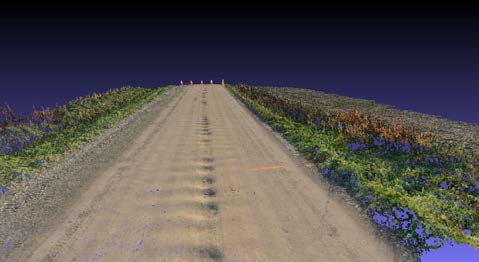 |
|
|
|
| Development of a Sign Sheeting Sampling Protocol for the Determination of Service Life of Traffic Signs Researchers evaluated methods for identifying the traffic signs most likely to require maintenance based on records kept by four Florida DOT districts. They conducted statistical analyses on sign data from each district, developing models to predict changes in retroreflectivity and chromaticity (color fading) over time. Report and one-page summary. |
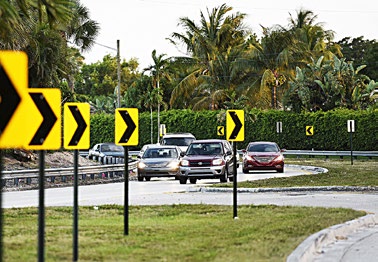 |
|
|
|
Bridge Repair and Rehabilitation Research |
| Field Testing of an Ultra-High Performance Concrete Overlay The first U.S. deployment of ultra-high performance concrete (UHPC) as a bridge deck overlay was completed in May 2016 on a reinforced concrete slab bridge in Brandon, Iowa. A field study conducted later that year determined that the bond between the UHPC overlay and the substrate concrete bridge deck was intact. Report. |
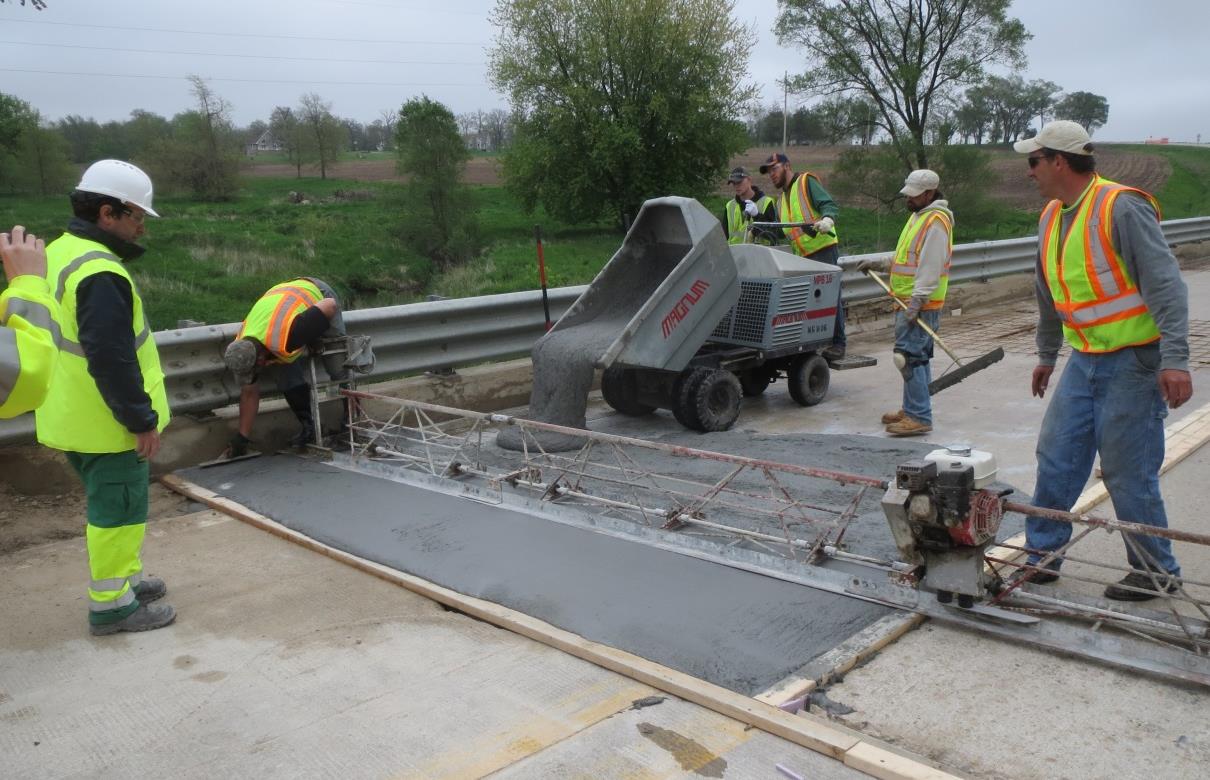 |
|
|
|
| Performance of Fiber-Reinforced Self-Consolidating Concrete for Repair of Bridge Sub-Structures and Fiber-Reinforced Super-Workable Concrete for Infrastructure Construction Researchers combined self-consolidating concrete (SCC) and fiber reinforcements to develop a novel repair material, fiber-reinforced self-consolidating concrete (FR-SCC), that can be used to rehabilitate and strengthen existing structures. The SCC matrix enhances the workability of fibrous mixtures and allows a greater volume of fibers to be incorporated. Report. |
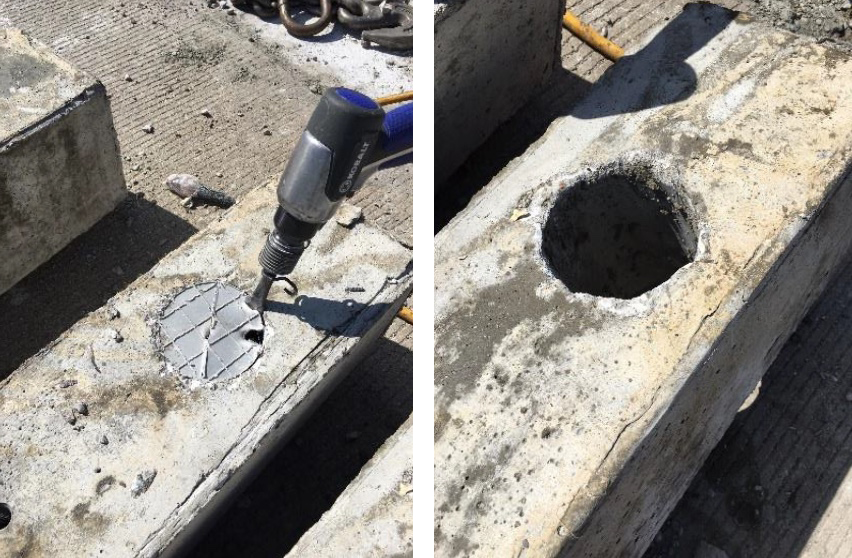 |
|
|
|
| CFRP Strengthening of KY 583 Over the Bluegrass Parkway Bridge in Hardin County In 2014, KYTC used triaxial carbon fiber reinforced polymer (CFRP) fabric sheets to address cracks in reinforced concrete bridge girders that had led to deterioration and concrete delamination. The retrofit was still free from defects after three years of monitoring. Report.
The National Cooperative Highway Research Program recently published
NCHRP Synthesis 512: Use of Fiber-Reinforced Polymers in Highway Infrastructure, which describes the state of the practice nationwide with respect to use of FRP materials for bridge construction and repairs.
Report.
|
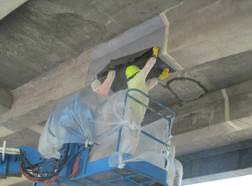 |
|
|
|
| FHWA LTBP Summary--Current Information on the Use of Overlays and Sealers This report provides a primer on the most common types of bridge overlays and sealers and summarizes a 2013 survey on state DOTs' bridge overlay practices. Methods of evaluating the performance and condition of overlays and sealers are also discussed. Summary report. |
|
|
|
|
Culvert Maintenance Research |
| Re-Rounding of Deflected Thermoplastic Conduit, Phase 1 In Ohio, in-service thermoplastic culverts that have experienced deflection are sometimes remediated through re-rounding, in which a pneumatic vibratory compactor applies pressure against the interior pipe wall to reduce the deflection and consolidate the backfill. Researchers surveyed state DOTs and interviewed contractors to identify the conditions when a pipe is suitable for re-rounding. Report. |
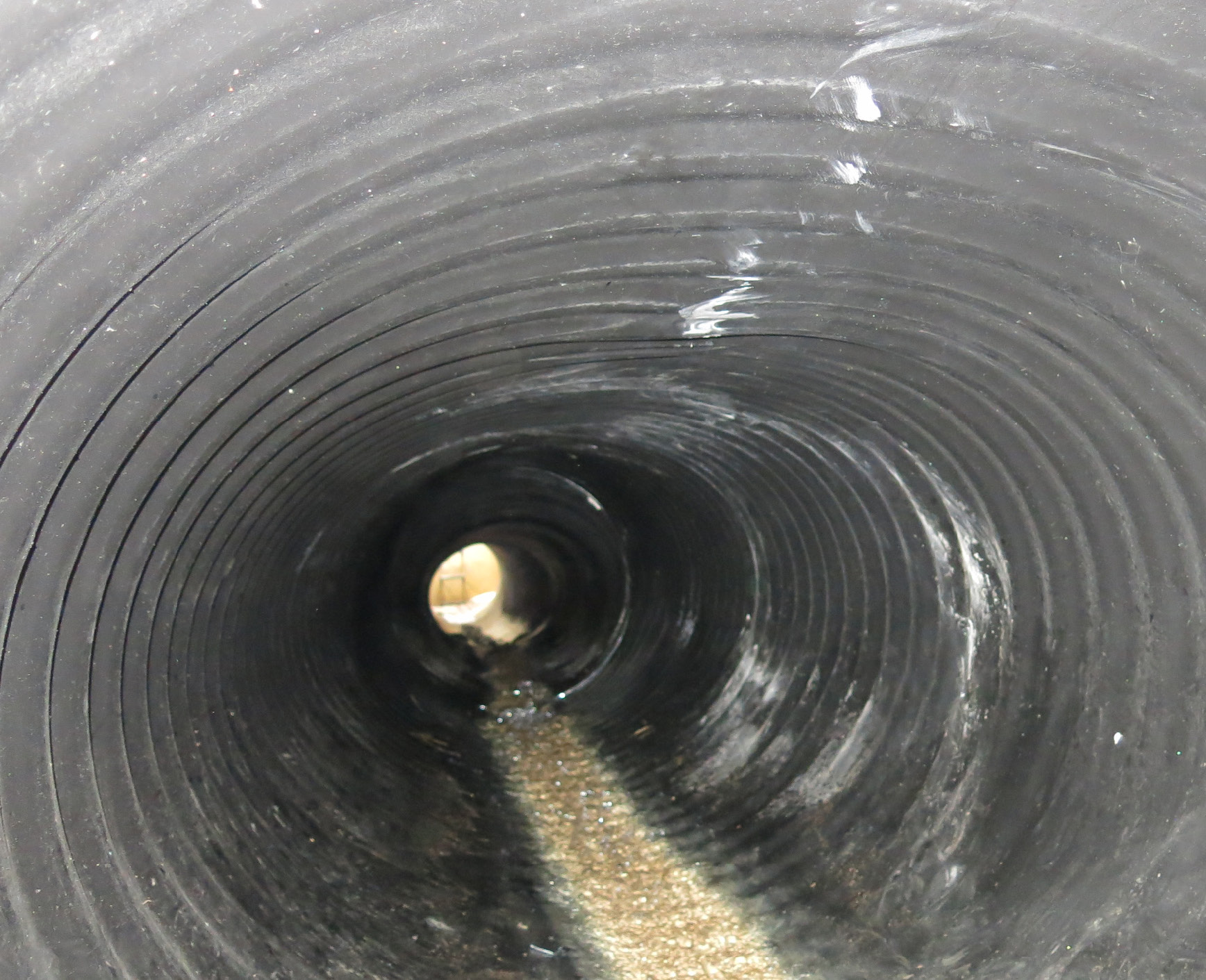 |
|
|
|
Maintenance Worker Safety Research |
| Active Work Zone Safety Using Emerging Technologies 2017 Work zone intrusion alert systems are continually evolving, with emerging detection technologies using radar, pneumatic systems (air-filled trip hoses), kinematics and other systems. Researchers field-tested several devices, recommending three for implementation in work zones with specific characteristics. Report and implementation guide.
Florida DOT's use of a pneumatic trip hose system was also recently featured in the October issue of
Traffic & Transit magazine.
Article.
|
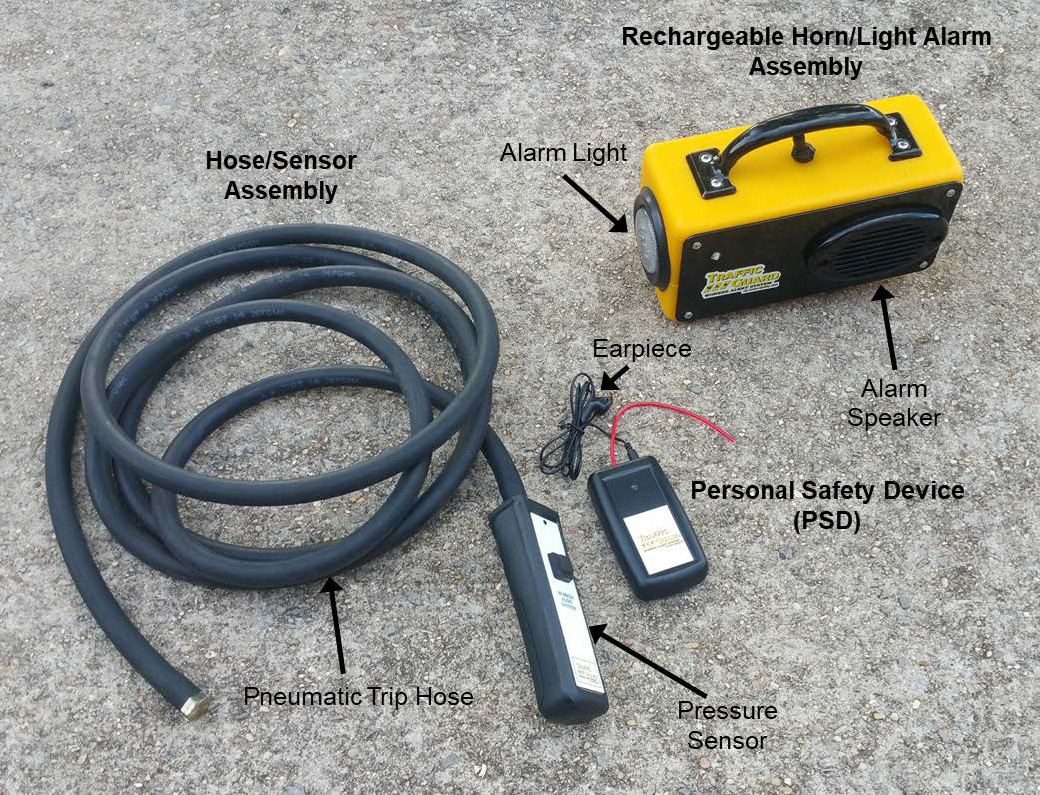 |
|
|
|
| Safe Way to Go: Automated Flagger Could Work in Moving Work Zone Minnesota DOT has begun investigating how automated flagger assistance devices (AFADs) could provide the same safety benefits in moving work zones, such as pavement crack sealing operations, as they do in stationary work zones. Researchers worked with a local manufacturer to develop and test a prototype mobile AFAD, which is mounted on a small trailer and steered by remote control. Article, research report, and summary. |
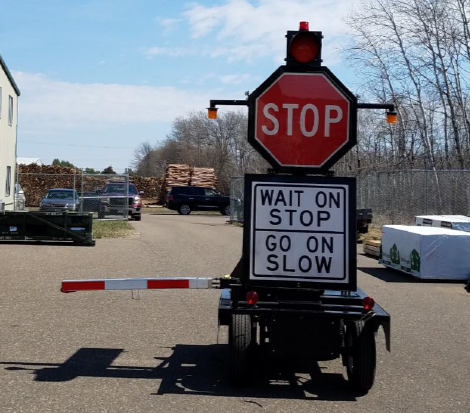 |
|
|
|
| Automated Placement and Retrieval of Traffic Cones Researchers evaluated several types of automated devices to deploy and retrieve temporary traffic control devices, comparing their capabilities, costs, and ability to reduce opportunities for worker injuries due to lifting and lowering traffic cones, falling from the truck platform, or being struck by errant vehicles. Report. |
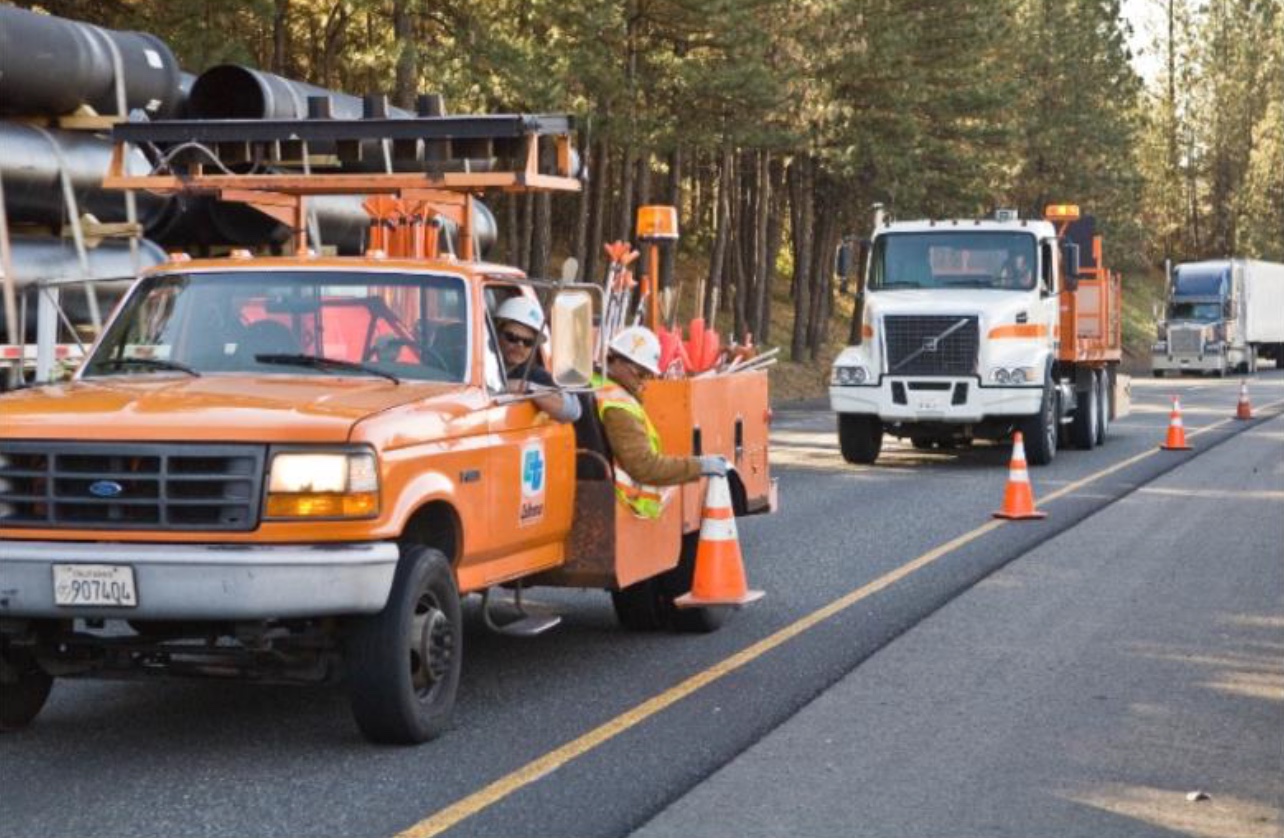 |
|
|
|
Pavement Repair and Rehabilitation Research |
| Preventive Maintenance Study: Interim Report Several common preventive maintenance treatments are under evaluation in a long-term study assessing both performance and cost-effectiveness. All of the treatments have been effective in stabilizing pavement condition and extending the time until rehabilitation, with costs ranging from $3 to $42 per square yard. Report. |
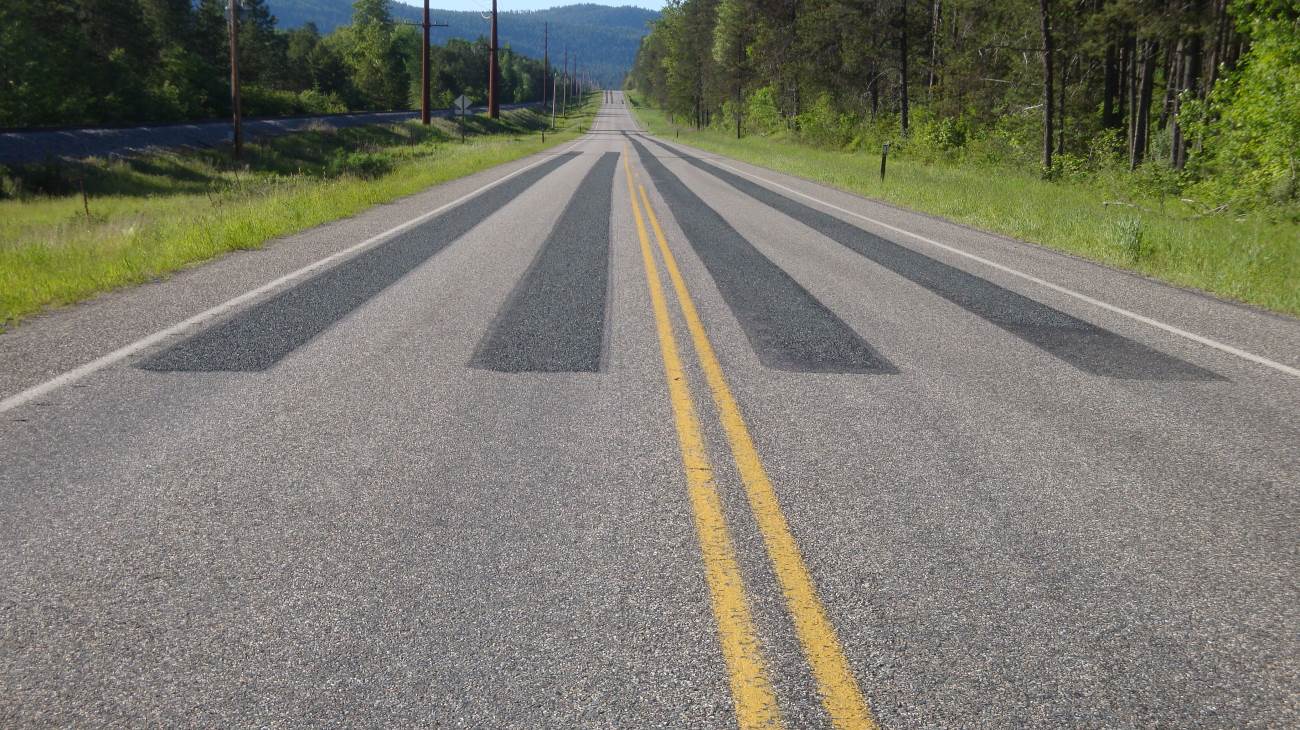 |
|
|
|
| Prevention of Stripping Under Chip Seals Researchers conducted extensive field and lab tests to evaluate factors associated with stripping in asphalt pavements under chip-seal treatments. Test results did not support an earlier MnDOT finding linking stripping to high levels of air voids in the asphalt mix. Report. |
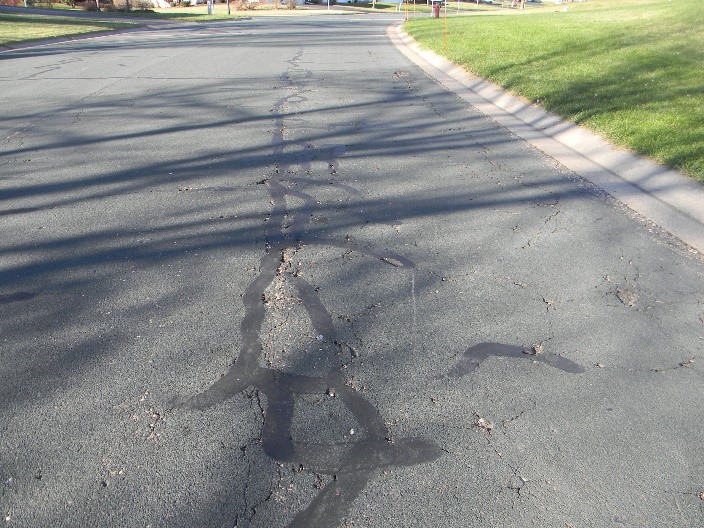 |
|
|
|
Rest Area Maintenance Research |
| Sustainable Rest Area Design and Operations Incorporating sustainable practices into rest area design and operations can help DOTs save money and reduce environmental impacts. Case studies from five DOTs showcase approaches including green building design, changing operations procedures, using on-site renewable energy, tracking rest area performance, and educating the public about sustainability. Report. |
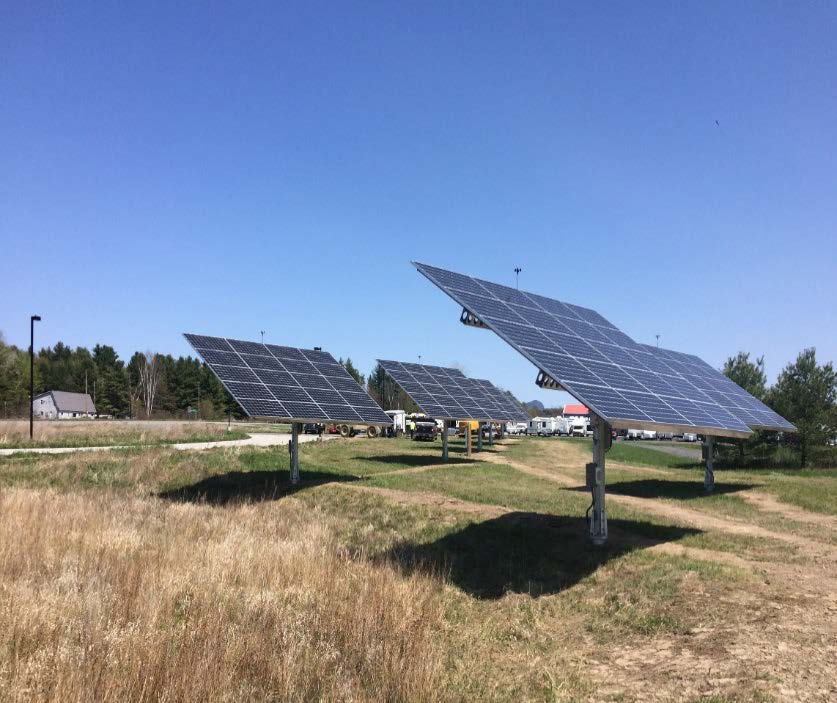 |
|
|
|
Roadside and Vegetation Maintenance Research |
| Save the Bees and Butterflies! Roadsides planted with actively managed native vegetation can offer feeding, breeding, and nesting opportunities for pollinators like bees and butterflies, and can aid pollinator migration by linking fragmented habitats and forming habitat corridors. This article summarizes recent FHWA publications on best practices in improving roadside pollinator habitats. Article and FHWA web page. |
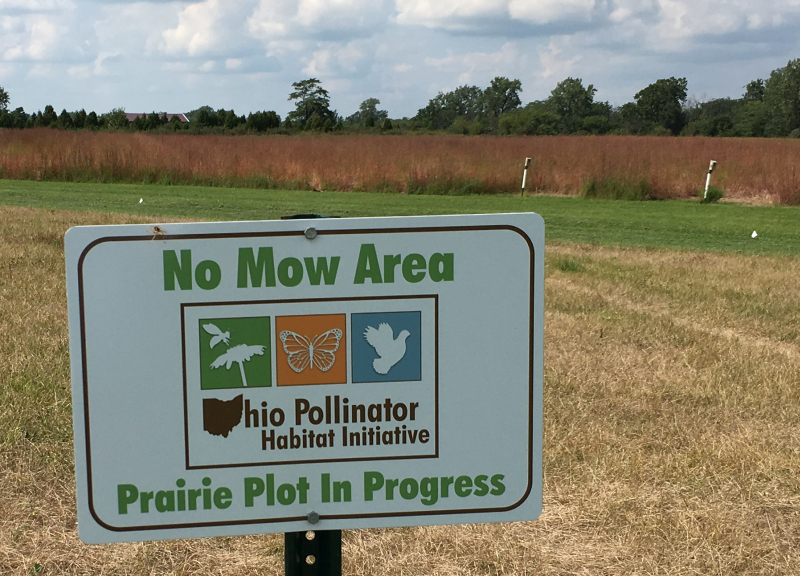 |
|
|
|
| Blowing Dust and Highway Safety in the Southwestern United States: Characteristics of Dust Emission "Hotspots" and Management Implications Researchers identified and studied 620 dust emission hotspots in the Southwest, including 55 along highways. They captured data on location, timing and magnitude of dust production at the hotspots--critical information for highway authorities to make informed and timely management decisions when wind events strike. Abstract. |
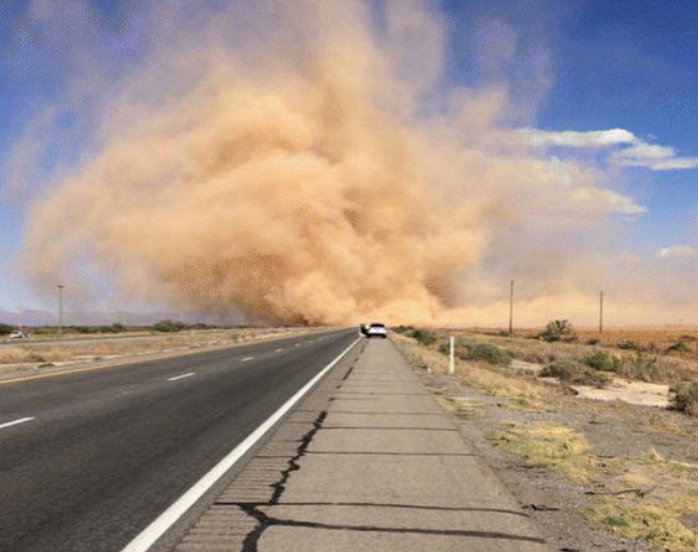 |
|
|
|
| Rockfall Hazard Process Assessment Researchers evaluated Montana's rockfall hazard evaluation process and developed a new rock slope asset management program that focuses on slope preservation efforts, aiming to minimize costly reconstruction treatments. Report. |
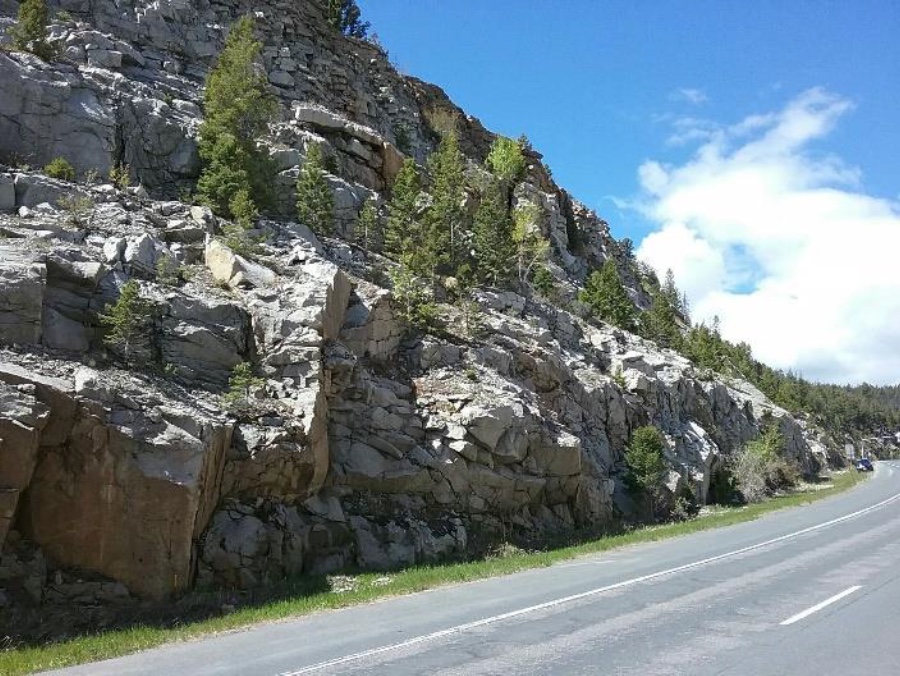 |
|
|
|
Subscribe to this newsletter |